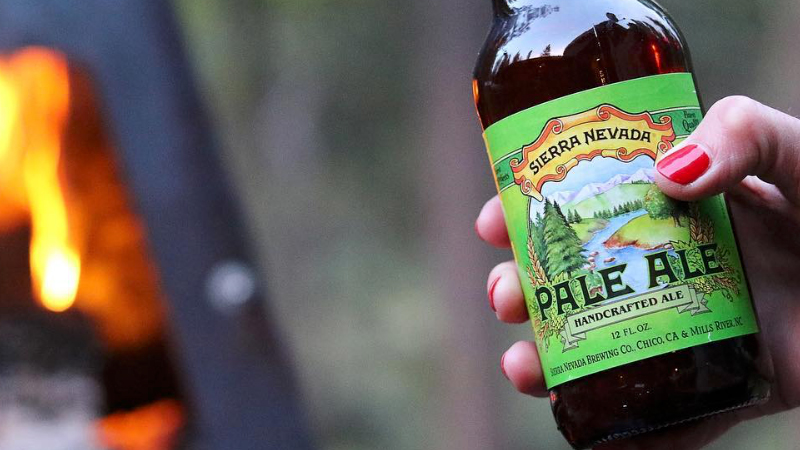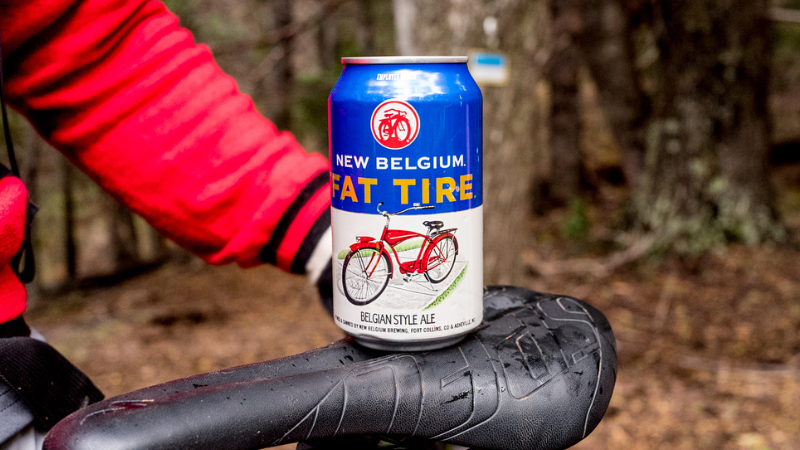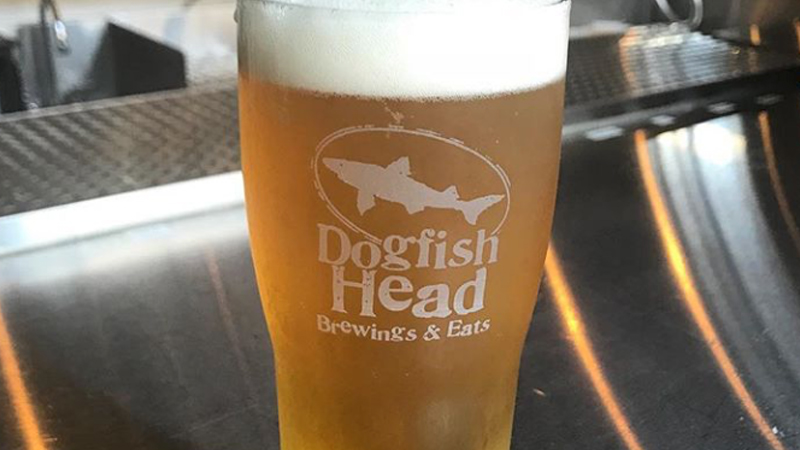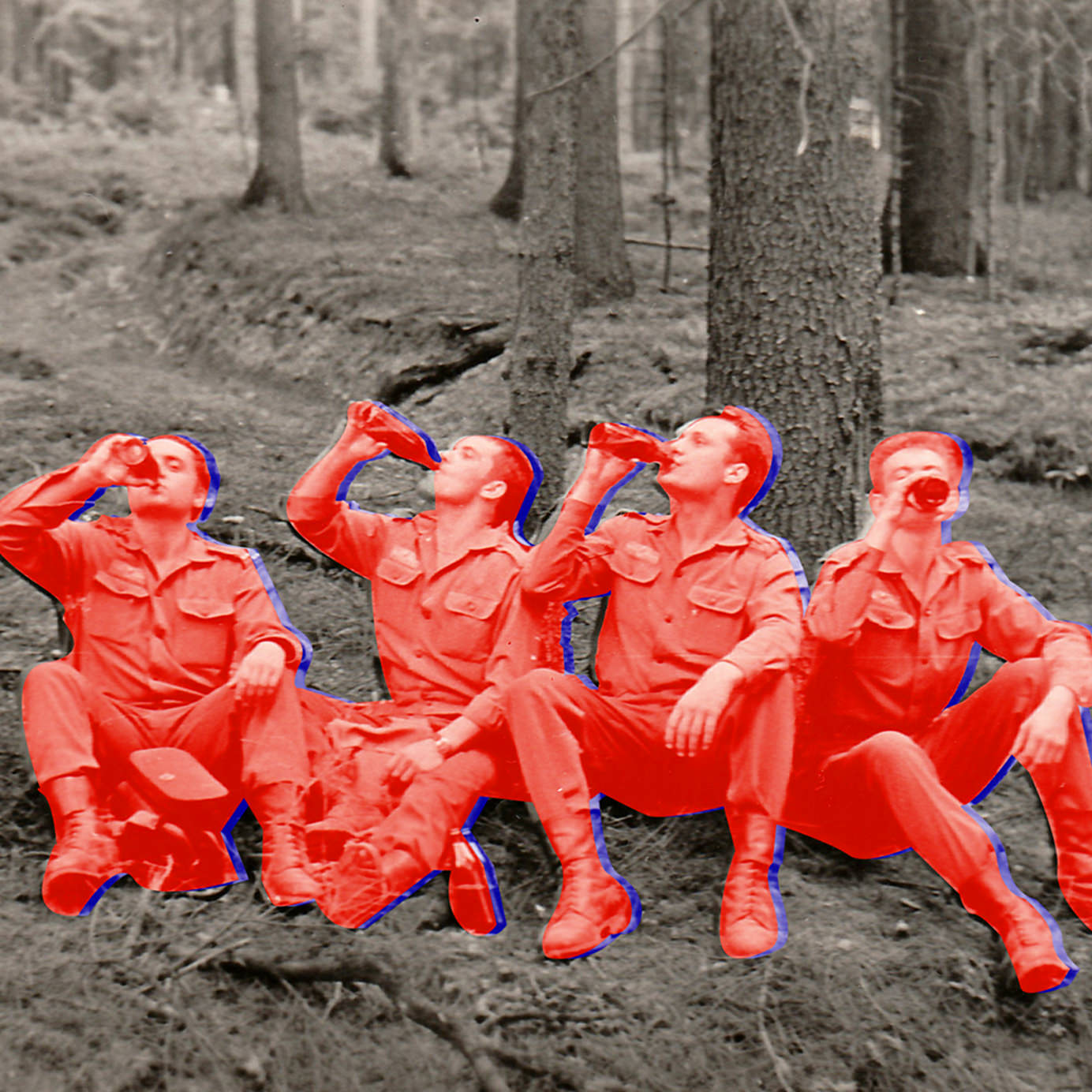This month Good Beer Hunting ran a 3,000-word tribute to a 21-year-old beer, Victory Brewing’s Golden Monkey. It is neither new nor trendy, Bryan Roth writes, “but at the right moment, with the right people, it’s a special experience for card-carrying beer geeks and self-described novices alike.”
In the modern era of Instagram-famous brewers and beers, classic craft labels like Victory are increasingly overshadowed by the next-generation breweries they helped create. Innovation, it seems, is sexier than consistency.
It’s hardly an overnight phenomenon. BeerAdvocate announced “The Death of the Flagship” back in 2012, when Andy Crouch examined fading consumer esteem for erstwhile all-stars Sierra Nevada Pale Ale and Samuel Adams Boston Lager. “Supplanted by seasonal brands, endangered by the race for the holy one-off grail, and lost in the hunt for more hops, these respected and balanced brands look increasingly out of place in the wider world of craft beer,” Crouch wrote.
But these pioneering beers — the pale ales, IPAs, and Belgian-style whites of the 1980s, ‘90s, and early 2000s — paved the way for the endlessly experimental beers of today. Far from boring, these flavorful brews blew brewers’ and consumers’ minds when they were released. They were packed with hops, spiced with coriander, or (gasp!) put in a can, all at a time America was drowning in a sea of bland domestic lagers.
Without them, we wouldn’t have today’s haze craze, or its backlash. The beers that made craft breweries famous are important because they shaped how we drink, of course, and created a $26 billion industry. Most importantly, they changed how America and the world think about beer.
For many Americans and brewers, beers like Victory Golden Monkey (as well as Victory’s flagship, HopDevil IPA), Sierra Nevada Pale Ale, and New Belgium Fat Tire were the first craft beers they ever tasted.

When Sierra Nevada released its flagship pale ale in bottles for the first time in 1981, it sparked a craft beer revolution. More than three decades later, the beer is struggling to keep up with shiny new local beers taking over taps nationwide, but it’s still the brewery’s top-selling beer. It’s also the nation’s top-selling pale ale and second best seller from an independent craft brewer overall.
Ten years later, in 1991, New Belgium brewed its first batch of Fat Tire, a Belgian-inspired amber ale named after founder Jeff Lebesch’s bike, which he rode across the Belgian countryside. The self-described “Belgian-style ale” is really a mashup — an American’s take on a Belgian interpretation of a British-style ale — but its striking shade and surprising drinkability (some even call it the Budweiser of craft beer) catapulted it, and craft beer, into popularity.
Today, Fat Tire has its own glassware, T-shirts, and hot sauce. It’s easy to understand how these sorts of brand extensions can cloud consumers’ perceptions. We forget that Fat Tire was once revolutionary, just as we forget that Wolfgang Puck, a chef whose name and likeness now sell skillets on the Home Shopping Network, was once an innovator credited with creating a distinctly California cuisine.

Other early microbrewers, as they were called back then, introduced totally new techniques to the American beer palate. Rob Tod started Allagash Brewing in Portland, Me., in 1995, resolute to push Portland’s palates beyond the German-style lagers and English-style pale ales they were used to. Also inspired by Belgian brewing techniques, he decided on a Belgian-style wheat beer spiced with coriander and orange peel. Allagash White is now synonymous with the style, which offers macro iterations like Blue Moon and Hoegaarden that are now part of the common beer-drinking lexicon. But at the time, bars and customers wondered what was wrong with the cloudy beer.
“I didn’t see a point in brewing a beer that people could already get their hands on,” Tod told VinePair in 2017. His persistence paid off: Allagash White is the brewery’s top seller today, accounting for around 80 percent of brewery sales by volume.
Another game changer — literally — was Dogfish Head 90 Minute IPA. Conceived of in the late ‘90s and officially released in 2001, Dogfish Head 90 Minute IPA introduced a new technique to the imperial IPA: continual hopping.

“I bought [one of those old vibrating football games] and headed back to the brewery,” Dogfish Head founder and president Sam Calagione told VinePair in 2016. “We duct-taped the game to a ladder so that it would hang over the caldron of boiling beer and turned it on. Sure enough, the vibrations caused the pellets to vibrate down the game and drop into the beer a few at a time over the course of the 90-minute boil, continuously hopping the beer. That’s how 90 Minute IPA was born.”
Other craft brewers, like Oskar Blues, made their marks with innovative packaging designs. In Oskar Blues’ case, it wasn’t so much inventing new packaging (although it subsequently invented the crowler) but reinterpreting what a craft beer could look like. Before Dale’s Pale Ale, credited as the first canned craft beer to hit the American market, thus changing our opinions of beer in cans forever, aluminum cans were seen as vessels for cheap domestic lagers. For craft beers, glass was class. A trip to any brewery opened in the last five years or a quick scroll through #craftbeer on Instagram will show that today, cans are the go-to. Moreover, Dale’s Pale Ale became the best-selling craft can 6-pack in the U.S. The brand is so iconic, beer drinkers often mistake Dale’s for the brewery itself.
The craft beer revolution continued in every corner of the country, paving the way for the trendier beers we fawn over today. Those tropical, juicy IPAs we love to talk about as new and exciting? Meet Cigar City Jai Alai IPA. Named for a game native to Spain’s Basque region (that somehow made its way to Tampa), Jai Alai’s tropical hop aromas and flavors did, indeed, change the game of IPAs.
The fruity and flavorful IPA accounts for 60 percent of Cigar City’s in-state sales, and around 70 percent of sales across 11 additional states in its distribution footprint. It’s also the second best-selling craft can 6-pack in the U.S. after Oskar Blues’ Dale’s Pale Ale, according to the Full Pint.
The list goes on. Bell’s Brewery, based in Kalamazoo, Mich., created an enigma with its Two Hearted IPA. While other hop-forward flagships flounder, Two Hearted continues to be a hop head favorite, even beating out Russian River’s Pliny the Elder as the American Homebrewers Association’s top-rated beer in America for the last two years running.
When the beer was released in 2000, Laura Bell told Paste in 2013, dry-hopped IPAs and the use of Centennial hops were scant. Now, dry-hopping and double dry-hopping are everywhere, and Centennial is considered a classic.
Flagship beers have been overshadowed for years, and we get so caught up in the changing-by-the-day trends and innovations that we forget where we came from. There are some things we can let go of from our formative beer drinking years (like Natty Light and Leinenkugel, for example). But there’s nothing wrong with showing love for old favorites to which contemporary craft beer culture owes an enormous gratitude. We can’t fully appreciate the present, let alone predict the future, without acknowledging our shared past.
